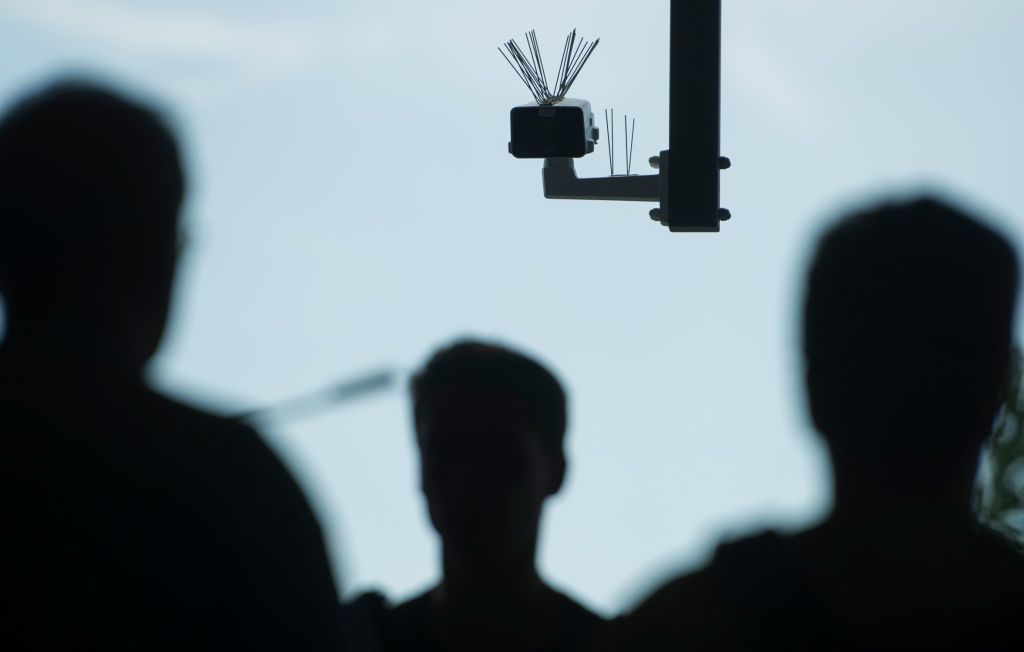Zoom bug tapped into consumers’ deepest fears
Passersby walk under a surveillance camera as part of face ID technology test at Berlin Suedkreuz station on Aug. 3, 2017 in Berlin, Germany.
Steffi Loos | Getty Images
This week, consumers learned about a flaw in the Zoom meeting app that could theoretically allow an attacker to gain access to a video chat or meeting if one of the participants is using a Mac computer.
Researcher Jonathan Leitschuh reported the flaw on July 8 in a Medium post. Zoom quickly fixed the problem with a patch, and said the problem had not affected any users. Apple later pushed a "silent update " to Mac operating systems to prevent the exploit from being used on machines that hadn't yet applied the Zoom fix.
It was the kind of interesting discovery that bug bounty hunters report every day. It's the kind of bug companies find themselves fixing everyday.
But from a user perspective, the issue created a great deal more buzz than those everyday problems normally do.
Part of reason was because Zoom is one of the hottest business tech stories of the year, with a stock price that's risen more than 150% since its April IPO. Zoom's stock saw virtually no impact after the flaw revelations.
But the flap also comes after months of revelations on how home assistant products from Amazon and Google use employees to monitor conversations in your home, and years of reports of hackers accessing video cameras on laptops and other computers. Even Facebook CEO Mark Zuckerberg tapes over his laptop camera, according to an Instagram photo he posted in 2016.
In other words, the Zoom bug shows how consumers are conflicted and nervous over the newest class of products which offer new kinds of convenience in new places -- but new potential for exposure, too.
New venues, new hacks
Consumers have already shown their resilience to the collection of personal information. Facebook's privacy scandals haven't dented the platform's numbers of daily users (though they have cost the company in many other ways, including a likely $5 billion fine from the FTC).
Fears of credit card or Social Security Number theft have faded as people have become accustomed to the rigmarole of fraud alerts from the bank and free credit monitoring from breached retailers.
But the possibility of surveillance within the home or office still has the capacity to cause outrage. Revelations about Amazon's Alexa and Google's Assistant have been making headlines for months, and sparked numerous debates about whether or how to use the technologies, which are continually growing in popularity. Amazon expects Alexa to continue to grow, with anticipated revenue of $19 billion in hardware sales by 2021. Google Home added 7.2 million users in 2018.
The swift reaction to the Zoom flaw news makes sense with this in mind. Consumers are waiting in fearful anticipation for the news that hackers have somehow gained access to their most private moments.
Scammers know how to exploit those fears, too, especially those who float sextortion scams. The more people believe they can be surveilled by their technologies at anytime, the more likely they are to believe a stranger on the internet has salacious video of them from a hacked webcam.
We haven't seen the Cambridge Analytica or Equifax moment yet for video and audio tools, but we will, and if those incidents are any lesson, that future mystery hack won't slow down demand, either.
Follow @CNBCtech on Twitter for the latest tech industry news.








Gloss